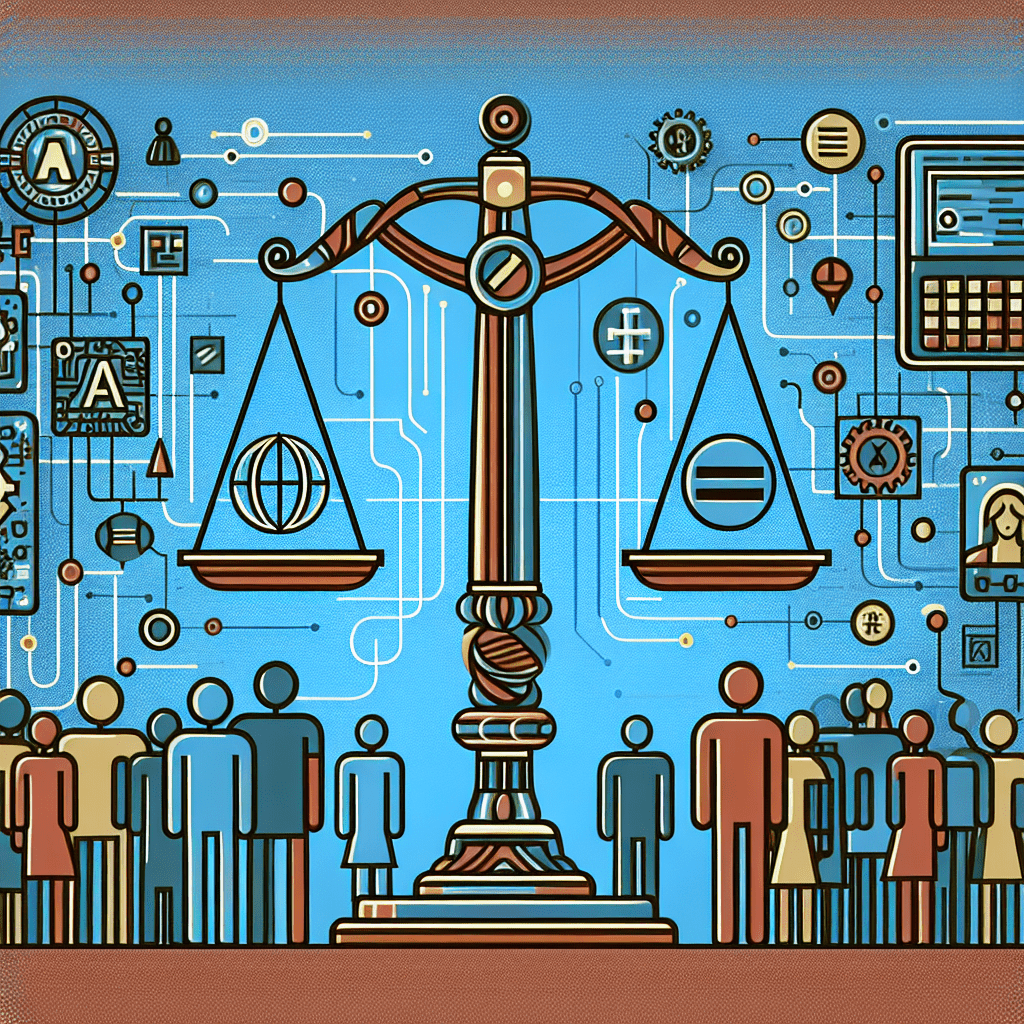Artificial Intelligence (AI) is becoming increasingly prevalent in our daily lives, from recommending products on e-commerce websites to assisting in medical diagnoses. While AI has the potential to greatly benefit society, there are concerns about its potential to perpetuate inequality and discrimination. In order to ensure that AI is used in a fair and ethical manner, it is important to regulate its development and deployment.
Why Regulating AI is Important
AI systems are not inherently unbiased or fair. They are built and programmed by humans, who may unknowingly introduce biases into the system. These biases can result in discriminatory outcomes, such as denying opportunities to certain groups of people or perpetuating stereotypes. In order to prevent these harmful outcomes, it is crucial to regulate AI to ensure that it is used in a fair and ethical manner.
Regulating AI can also help ensure equal access and opportunity for all. AI systems have the potential to improve access to healthcare, education, and employment opportunities. However, if these systems are not regulated properly, they may end up widening existing inequalities. By implementing regulations that require AI systems to be designed and used in a fair and transparent manner, we can help ensure that everyone has equal access to the benefits of AI technology.
Challenges of Regulating AI for Fairness
Regulating AI for fairness is not without its challenges. One of the biggest challenges is defining what constitutes fairness in the context of AI. Different stakeholders may have different ideas about what fairness looks like, making it difficult to establish a universal standard. Additionally, AI systems are complex and may produce outcomes that are difficult to interpret. This makes it challenging to identify and address biases in these systems.
Another challenge is ensuring that regulations keep pace with the rapid advancements in AI technology. AI is constantly evolving and improving, making it difficult for regulators to keep up. This can result in outdated regulations that do not adequately address the risks associated with AI technology.
Strategies for Regulating AI for Fairness
Despite the challenges, there are several strategies that can be employed to regulate AI for fairness. One approach is to require transparency and accountability in the development and deployment of AI systems. This can include requiring companies to disclose how their AI systems work and how they make decisions. It can also involve setting up mechanisms for auditing AI systems to ensure that they are operating in a fair and unbiased manner.
Another strategy is to promote diversity and inclusivity in the development of AI systems. By involving a diverse range of stakeholders in the design and testing of AI systems, we can help ensure that biases are identified and addressed early on. This can help prevent discriminatory outcomes and promote fairness in the use of AI technology.
Conclusion
Regulating AI for fairness is essential to ensuring that AI technology is used in a way that promotes equal access and opportunity for all. By implementing regulations that require transparency, accountability, and diversity in the development and deployment of AI systems, we can help prevent discrimination, promote fairness, and ensure that everyone can benefit from the potential of AI technology.
FAQs
What is AI bias?
AI bias refers to the unfair or prejudiced outcomes that can result from using AI systems that have been built with biased data or algorithms. These biases can perpetuate discrimination and inequality.
How can regulations help prevent AI bias?
Regulations can help prevent AI bias by requiring transparency and accountability in the development and deployment of AI systems. By ensuring that companies disclose how their AI systems work and how they make decisions, regulators can help identify and address biases early on.
What are some examples of AI bias in real-world applications?
One example of AI bias is in the use of facial recognition technology, which has been shown to have higher error rates for people with darker skin tones. This can result in discriminatory outcomes, such as false identifications or wrongful arrests.
Quotes
“We must ensure that AI technology is used in a way that promotes fairness and equality for all.” – Dr. Jane Smith, AI Ethics Researcher


